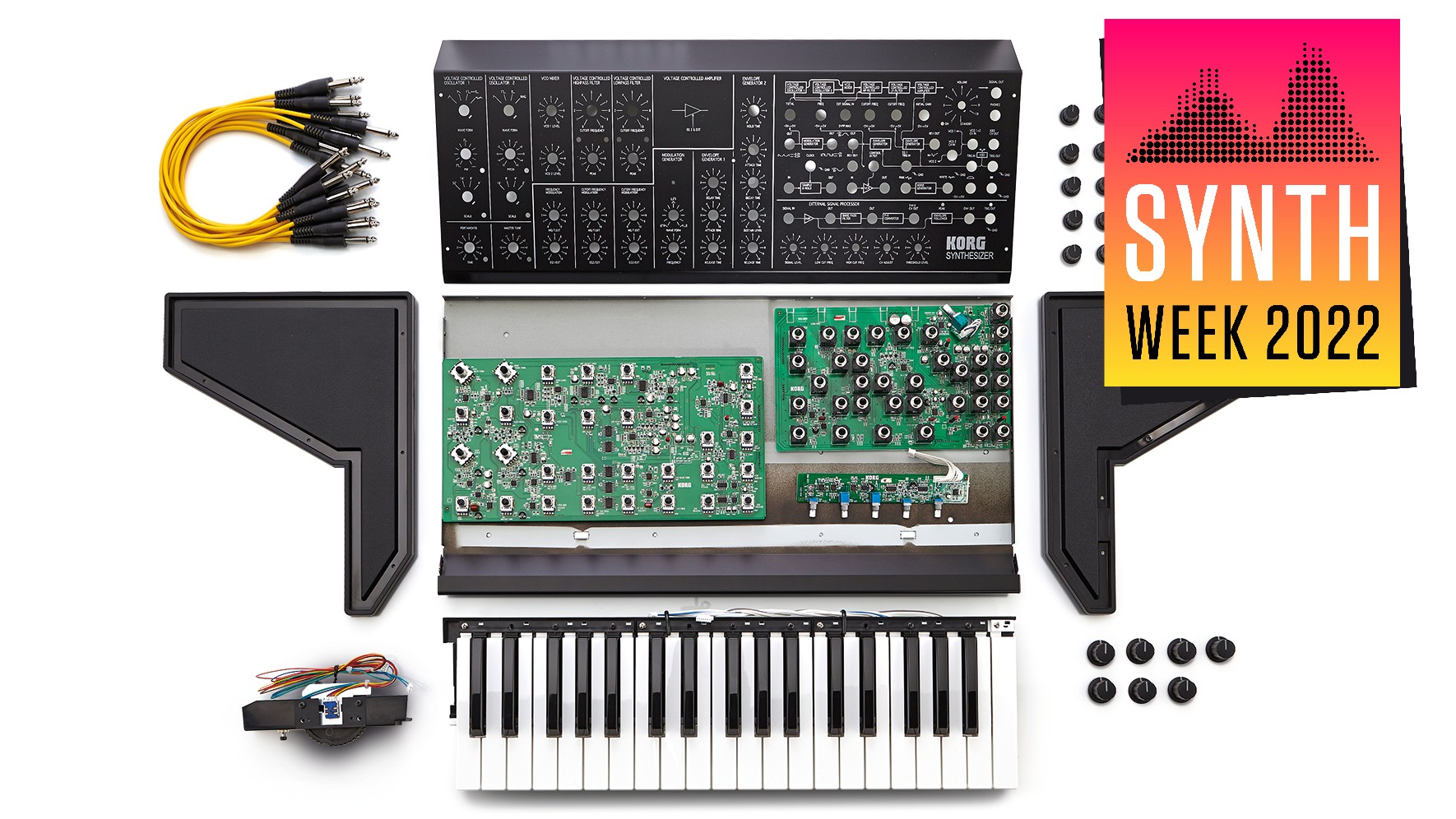Artist, content creator and head of Sade Microphones Iftah Gabbai has compiled a vast dataset of synths, samplers and drum machines, and his analysis of that data reveals some fascinating insights into the history of electronic instruments, while confirming many things we already knew.
In creating his dataset, Gabbai collected information on 2368 devices ranging from the world’s first electromechanical instrument - the Telharmonium, designed in 1896 - all the way through to instruments released in 2024. Though it comprises samplers, drum machines, MIDI controllers and sequencers in addition to hardware synths, Gabbai has chosen to omit Eurorack and Buchla-format modules.
Gabbai kicks off by tracing the evolution of the synth through from its explosion in popularity in the ‘70s and ‘80s to the modern day; noting a decline in the early ‘90s, he attributes this to the rise of guitar-based music, before the late ‘90s sees a resurgence in popularity as the digital revolution kicks into gear and affordable electronic instruments fuel interest in DIY music production and electronic music-making. By Gabbai's account, 2017 was by far the most prolific year for synthesizer releases, and we've yet to top that year's count since.

Analyzing the synths in his dataset by analogue vs digital, Gabbai outlines the shift towards digital that began in the early ‘80s, spurred on by hugely popular instruments like the Yamaha DX7. By 1993, digital synths had taken over completely, with Gabbai’s dataset showing a grand total of zero analogue synths being released that year. In the ‘00s, though, analogue made a spirited comeback, before both types of synth levelled out with a roughly equal market share in the ‘10s and into the present day.
Looking at instruments by the length of their production run revealed that the most enduring electronic instrument in musical history was the ondes martenot; made famous by Radiohead’s Jonny Greenwood, this curious instrument enjoyed a production run of 60 years, though only 60 were manufactured in total.
Surprisingly, the instrument with the longest production run that’s still available today is the Alesis SR-16, an inexpensive drum machine that was released in 1990 and is still being manufactured. How has this humble beatmaker, described by Bad Gear’s Florian Pilz as the “least sexy drum machine”, survived 34 years on the market? Probably due to its affordability and reliability - as Florian says, it simply gets the job done.
Interestingly, Gabbai’s data shows a disconnect between a synth’s level of fame and its commercial success. Instruments like the Roland TR-808 and TB-303 and the Minimoog are, by Gabbai’s measurements, among the most famous in his dataset, with the widest cultural impact - but they were nowhere near the top of the sales charts. The best-selling synth in Gabbai’s dataset is the Korg Triton, which, though it certainly has its fans, doesn’t come close to the 808’s iconic status.







